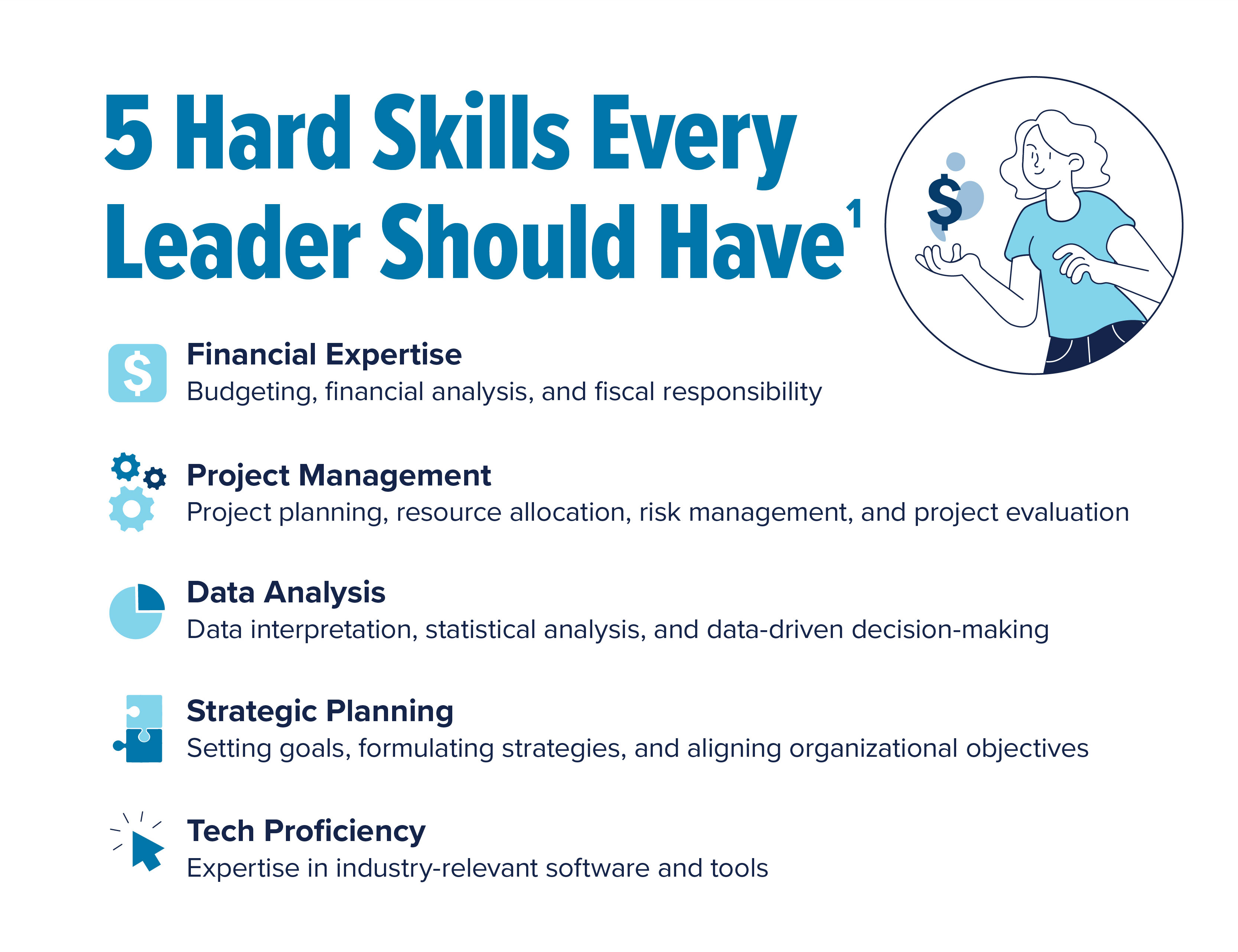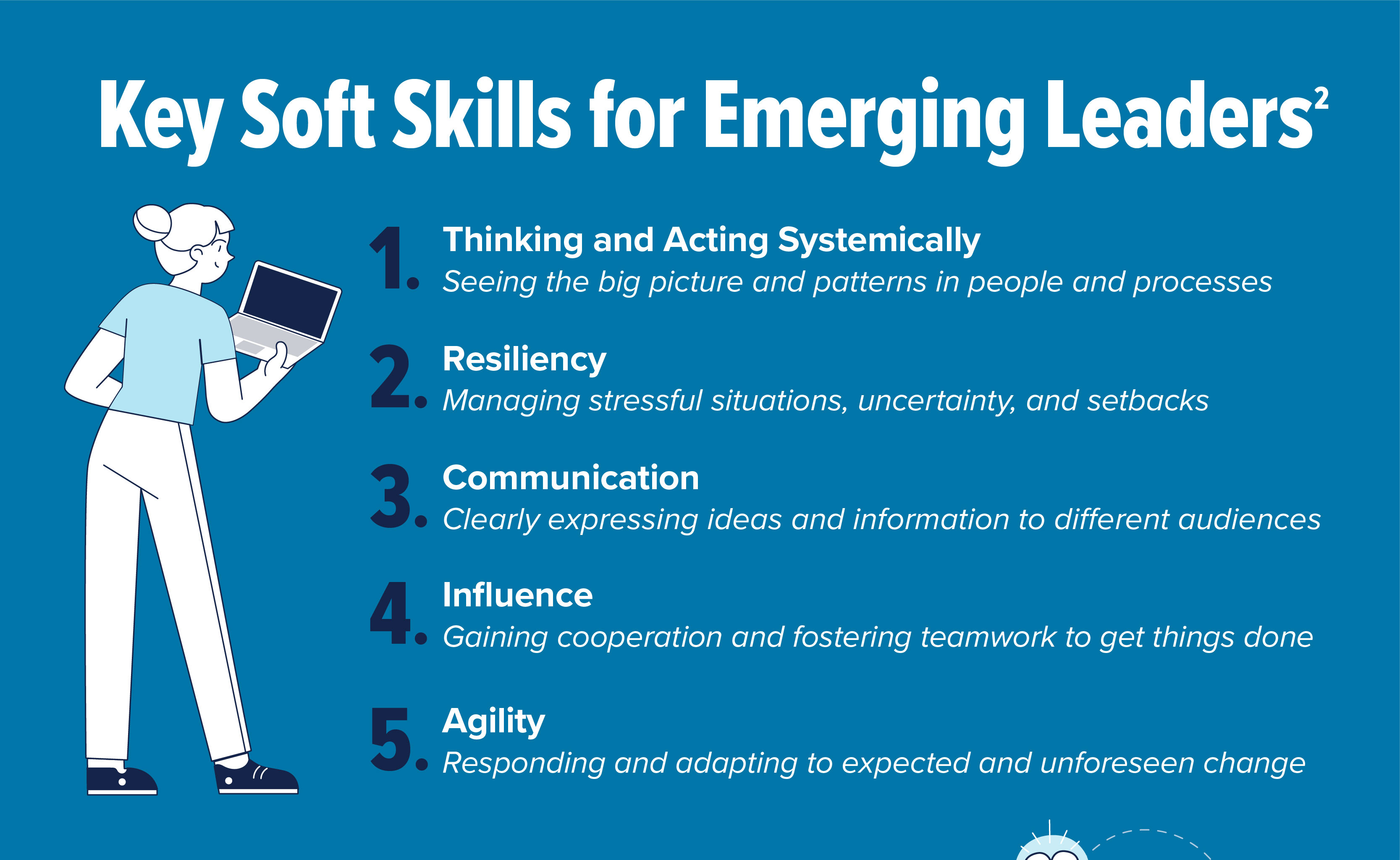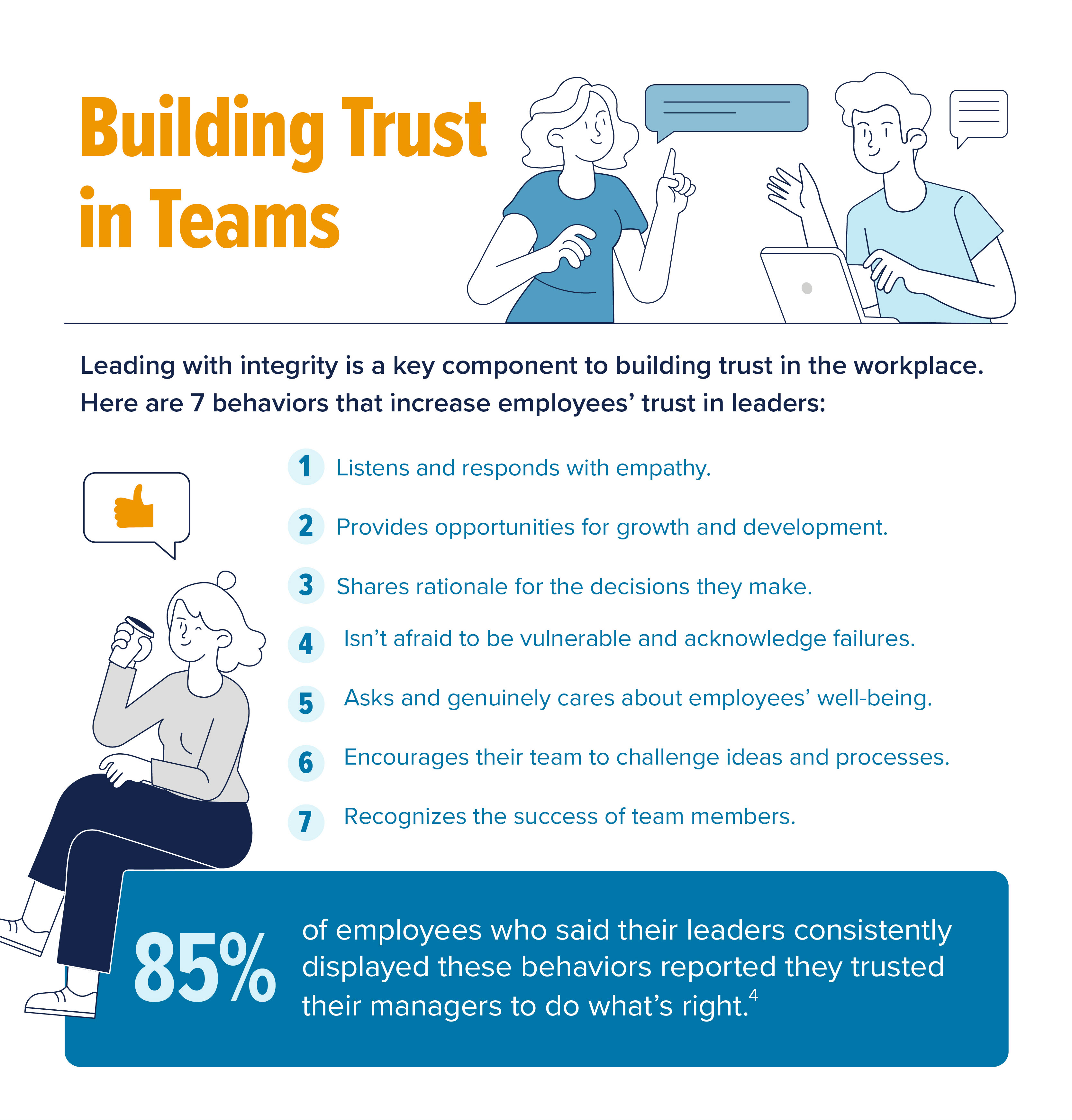No business can function without leadership, but you need more than just seniority or an executive title to be a leader. Leaders exist at every level, providing guidance, motivation, and clarity, and inspiring confidence among those around them – whether they are fellow employees or not.
How you impact those around you and how your actions affect the success of your company or division depends on your leadership style. It’s true there are born leaders, but any person can grow into a leader by embracing the lessons taught by leaders in their lives and looking inward to see how their behavior impacts those around them. Good leaders also learn what they can do to continually refine their leadership style.

The Difference Between Leadership and Management
It’s important to know leadership and management have two very different objectives and require different skillsets, although it’s easy to confuse the two. Throughout our lives, we’ve been trained to respect people in positions of authority and our elders. But job title and age factor more into the management conversation and have little to nothing to do with leadership.

A leader provides inspiration. A manager provides direction. That’s the difference in a nutshell. Managers can be leaders and vice versa, but the two require a different approach.

Types of Leadership Styles
German-American psychologist Kurt Lewin is credited with branding the basic leadership styles in 1939. Lewin and his researchers tasked schoolchildren with an arts and crafts project while the team observed behaviors and responses to different styles of leadership. The idea was to determine which style was most effective to use in business.
Lewin identified three styles of leadership: Autocratic, Democratic, and Laissez-faire. Over time, more leadership styles have emerged, and one that is commonly grouped in with Lewin’s three is Transformational Leadership. Today, there are a variety of leadership styles in business, but the four primary leadership styles you’ll be exposed to include:
- Autocratic
- Democratic
- Laissez-faire
- Transformational
Let’s examine each of them individually below.

Autocratic Leadership
Also known as Authoritarian Leadership, an Autocratic Leadership style can easily be summed up by the command, “Do as you’re told.”
In Autocratic Leadership, direction comes from the top, a singular figure who leads a company or team. An autocratic leader determines strategy, policies, procedures, and the direction of the organization, dictating everything to subordinates. Authoritarian leaders are not focused on collaboration with those in their circle, they are rarely interested in feedback, and they prefer to hold all of the power and be in charge.
In Lewin’s research, he witnessed four behaviors and results of the Authoritarian Leadership style:
- All determination of policy is by the leader.
- Techniques and activity steps are dictated by the authority, one at a time, so that future steps or techniques are uncertain.
- The leader usually dictates the particular work task and work companions of each member.
- The dominator is “personal” in his praise and criticism of the work of each team member, but is aloof from active group participation, except when demonstrating. He is friendly or impersonal rather than openly hostile.
Examples of autocratic leaders include Martha Stewart and New England Patriots Head Coach Bill Belichick.
Qualities: Autocratic leaders often possess qualities subordinates look up to, such as decisiveness, self-confidence, and a steadfast, focused commitment to the goal.
When It Works: While Autocratic Leadership and the “Don’t question my commands” approach doesn’t sound like fun, there are occasions when this leadership style can be appropriate and effective, such as in urgent or chaotic situations that require someone to reign in the team and make a prompt and effective decision.
When It Doesn’t Work: Employees working under an autocratic leader may feel micromanaged, and because all directives come from one person at the top, they may become dependent on that person for direction and incapable of making business decisions on their own.

Democratic Leadership
Also known as Participative Leadership, the Democratic Leadership approach involves gathering input from your subordinates and team members, so everyone has a chance to contribute to the decision-making process. Democratic leaders are still the decision-makers, but their approach allows others to feel engaged and have a stake in the final outcome. Democratic leaders excel at sparking creativity among subordinates, and projects are enhanced when positive contributions come from all sides.
Lewin’s research into the Democratic Leadership style uncovered these four behaviors and results:
- All policies were a matter of group discussion and decision, encouraged and assisted by the leader.
- Activity perspective was gained during the first discussion period. General steps to group goal were sketched, and where technical advice was needed, the leader suggested two or three alternative procedures from which a choice could be made.
- The members were free to work with anyone, and division of tasks was left to the group leader.
- The leader was “objective” or “fact-minded” in his praise and criticism and tried to be a regular group member in spirit without doing too much of the work.
Microsoft Corporation co-founder Bill Gates, Nelson Mandela, and Walt Disney, President of The Walt Disney Company, are often cited as examples of democratic leaders.
Qualities: Democratic leaders possess a curiosity that drives their desire for input from all sides. Their desire for a participative environment also makes them great communicators, and subordinates often find them easily approachable.
When It Works: A democratic approach to leadership yields positive results when the group feels part of the solution. This leads to more creative input and often heightens employee morale.
When It Doesn’t Work: Not every leader achieves success with the democratic approach. Inevitably, there will be employees who feel left out because their ideas or solutions were not chosen. Further, placing confidence in the group to posit solutions can be problematic if the group is not skilled or trained to answer the call.

Laissez-faire Leadership
Don’t let the name deceive you. Laissez-faire Leadership is not a “Who cares?” approach. Rather, it involves empowering your employees, being hands-off, and trusting them to accomplish the task at hand without constant questions or micromanagement. Laissez-faire leaders leave decisions to their employees, while staying available to provide feedback when necessary.
According to Lewin, Laissez-faire leaders exhibit four common behaviors and results:
- Complete freedom for group or individual decision, without any leader participation
- Various materials supplied by leader, who made it clear that he would supply information when asked, but took no other part in work discussions
- Complete nonparticipation by leader
- Very infrequent comments on member activities unless questioned, and no attempt to participate or interfere with the course of events
Former U.S. presidents James Buchanan, Herbert Hoover, and Ronald Reagan, as well as industrialist Andrew Mellon, and businessman Warren Buffet are often cited as examples of Laissez-faire leaders.
Qualities: Laissez-faire leaders are excellent at delegating, and they instill confidence in employees when assigning them tasks without oversight. They are capable of providing constructive criticism when needed, and are often seen as trusting, as they willingly place responsibilities in the hands of employees.
When It Works: The Laissez-faire approach often leads to faster decision-making, as employees don’t need to ask a higher up for approval. It is also especially effective in scenarios where the employees or groups are already trained and skilled for the task at hand. These workers are fully competent and don’t require supervision, and when they’re empowered by a Laissez-faire leader, they may feel more accomplished when they complete their task without a guiding hand or directive.
When It Doesn’t Work: Hands-off can be problematic when your team doesn’t fully understand the mission. Further, Laissez-faire leaders may find that without direction or oversight, employees don’t accomplish as much, or anything at all. Unless you have complete confidence in your employees and their collective ability to complete a task without close supervision, you may reconsider this approach.

Transformational Leadership
Transformational Leadership involves developing a grand vision and rallying your employees around it. Under this style, the team is eager to transform and evolve – personally and professionally – in order to achieve the overall goal. With the organization and employees aligned, teams working under a transformational leader are united for the singular cause, and willing to commit their effort, time, and energy to the organization.
Transformational Leadership Qualities:
- Understanding what needs to change
- Ability to stimulate the intellect
- Knack for encouraging participation
- Talent for genuine communication
- Loyalty
- Sense of the bigger picture
- Personal integrity
- An inspiring bearing/presence
When It Works: Transformational Leadership allows employees to see clearly the vision and goals for the organization, and employees remain loyal and productive while working to accomplish their mission. Transformational Leadership creates workplace harmony as everyone is working together, and the lines of communication are always open between employees and leadership.
When It Doesn’t Work: While a fully engaged and committed group is what every leader wants, Transformational Leadership has been known to contribute to burnout as employees work continuously to achieve goals. This approach also requires constant communication and feedback between leadership and the employees, and if those lines are severed in any way, the latter can feel left out of the big picture.

Leadership Style Quiz
So, which of the four leadership styles fits you and your company culture? Take our leadership style quiz to determine what kind of leader you are.
Infographic: Leadership Skills for the Modern Workplace

